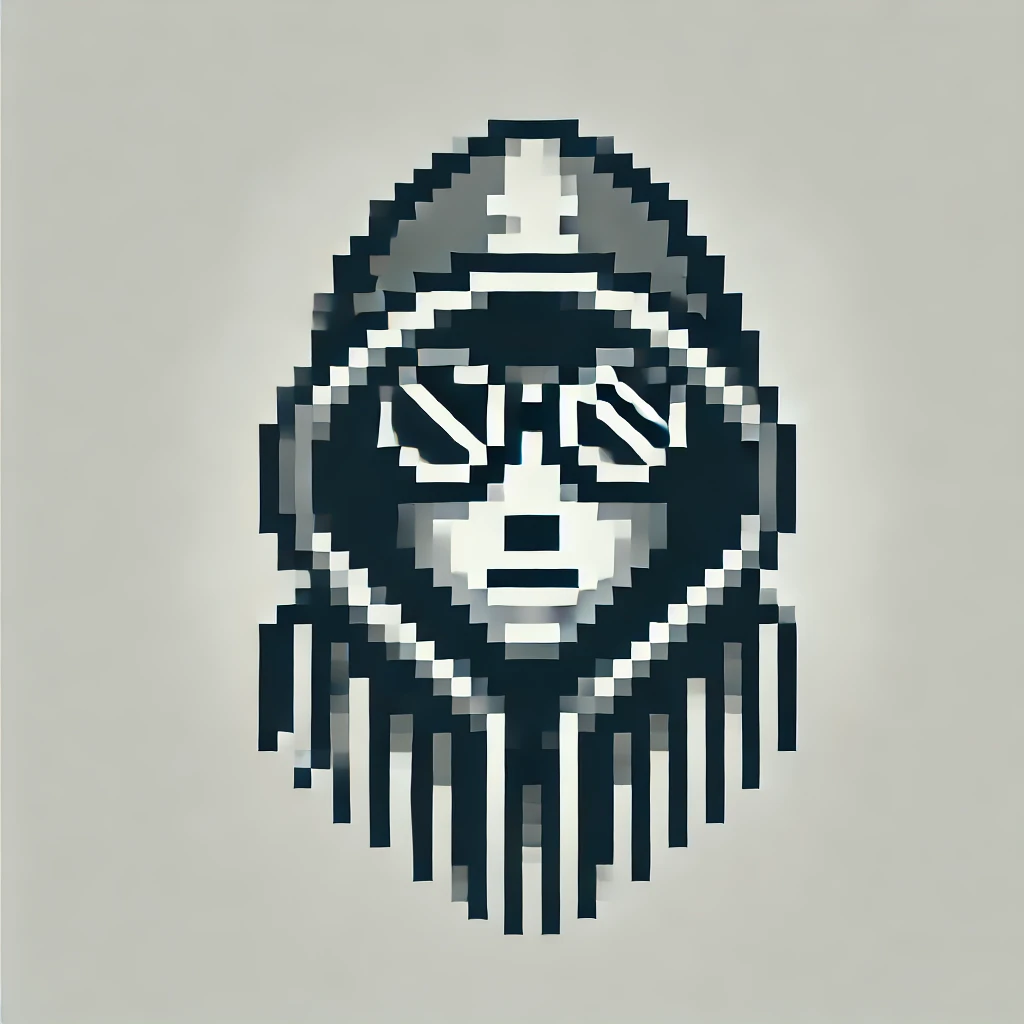Table of Links
5 Execution Plan and 5.1 Recruitment
5.2 Training and 5.3 Experiment Execution
Acknowledgments and References
ACKNOWLEDGMENTS
We would like to thank the students who volunteered to participate in the pilot studies at the University of California, Berkeley and the University of Seville. We particularly acknowledge Vron Vance’s assistance regarding inclusive language around gender identity.
This work has been partially supported by FEDER/Ministerio de Ciencia e Innovación – Agencia Estatal de Investigación under projects OPHELIA (RTI2018–101204–B–C22), HORATIO (RTI2018- 101204–B–C21), and Junta de Andalucía under project EKIPMENTPLUS (P18–FR–2895).
REFERENCES
[1] Ahmad Al-Jarrah and Enrico Pontelli. 2016. On the effectiveness of a collaborative virtual pair-programming environment. In International Conference on Learning and Collaboration Technologies. Springer, 583–595.
[2] E. A. Chaparro, Aybala Yuksel, Pablo Romero, and Sallyann Bryant. 2005. Factors Affecting the Perceived Effectiveness of Pair Programming in Higher Education. In Proceedings of the 17th Workshop of the Psychology of Programming Interest Group.
[3] Kyungsub S. Choi. 2013. Evaluating Gender Significance within a Pair Programming Context. In Proceedings of the 2013 46th Hawaii International Conference on System Sciences (HICSS ’13). IEEE Computer Society, USA, 4817–4825. https://doi.org/10.1109/HICSS.2013.209
[4] Kyungsub Stephen Choi. 2015. A comparative analysis of different gender pair combinations in pair programming. Behaviour & Information Technology 34, 8 (2015), 825–837. https://doi.org/10.1080/0144929X.2014.937460 arXiv:https://doi.org/10.1080/0144929X.2014.937460
[5] Louis Cohen, Lawrence Manion, and Keith Morrison. 2018. Research Methods in Education (8th ed.). Routledge.
[6] Bernardo José da Silva Estácio and Rafael Prikladnicki. 2015. Distributed Pair Programming: A Systematic Literature Review. Information and Software Technology 63 (2015), 1–10.
[7] N.K. Denzin. 2006. Sociological Methods: A Sourcebook (5th ed.). Aldine Transaction.
[8] Dean Eckles, René F. Kizilcec, and Eytan Bakshy. 2016. Estimating peer effects in networks with peer encouragement designs. Proceedings of the National Academy of Sciences 113, 27 (2016), 7316–7322. https://doi.org/10.1073/pnas.1511201113 arXiv:https://www.pnas.org/content/113/27/7316.full.pdf
[9] O. Gómez, M. Solari, C. Calvache, and A. Ledezma-Carrizalez. 2017. A Controlled Experiment on Productivity of Pair Programming Gender Combinations: Preliminary Results. In Proceedings of the XX Ibero–American Conference on Software Engineering. 197–210.
[10] Brian Hanks, Sue Fitzgerald, Renée McCauley, Laurie Murphy, and Carol Zander. 2011. Pair programming in education: A literature review. Computer Science Education 21, 2 (2011), 135–173.
[11] Jo E. Hannay, Erik Arisholm, Harald Engvik, and Dag I.K. Sjoberg. 2010. Effects of Personality on Pair Programming. IEEE Transactions on Software Engineering 36, 1 (2010), 61–80. https://doi.org/10.1109/TSE.2009.41
[12] Sarah I. Hofer. 2015. Studying Gender Bias in Physics Grading: The role of teaching experience and country. International Journal of Science Education 37, 17 (2015), 2879–2905. https://doi.org/10.1080/09500693.2015.1114190 arXiv:https://doi.org/10.1080/09500693.2015.1114190
[13] Lindsay Jarratt, Nicholas A. Bowman, K.C. Culver, and Alberto Maria Segre. 2019. A Large-Scale Experimental Study of Gender and Pair Composition in Pair Programming. In Proceedings of the 2019 ACM Conference on Innovation and Technology in Computer Science Education (Aberdeen, Scotland Uk) (ITiCSE ’19). Association for Computing Machinery, New York, NY, USA, 176–181. https: //doi.org/10.1145/3304221.3319782
[14] N. Katira, L. Williams, and J. Osborne. 2005. Towards increasing the compatibility of student pair programmers. In Proceedings. 27th International Conference on Software Engineering, 2005. ICSE 2005. 625–626. https://doi.org/10.1109/ICSE. 2005.1553618
[15] K. Kaur Chahal, A. Kaur, and M. Saini. 2021. Research and Evidence in Software Engineering: From Empirical Studies to Open Source Artifacts. Taylor & Francis Group, Chapter Empirical Studies on Using Pair Programming as a Pedagogical Tool in Higher Education Courses: A Systematic Literature Review, 251–287.
[16] Sandeep Kaur Kuttal, Kevin Gerstner, and Alexandra Bejarano. 2019. Remote Pair Programming in Online CS Education: Investigating through a Gender Lens. In 2019 IEEE Symposium on Visual Languages and Human-Centric Computing (VL/HCC). 75–85. https://doi.org/10.1109/VLHCC.2019.8818790
[17] J.R. Landis and G.G. Koch. 1977. The Measurement of Observer Agreement for Categorical Data. Biometrics 33, 1 (1977), 159–174.
[18] Martell, D. M. Lane, and C. Emrich. 1996. Male-female differences: A computer simulation. American Psychologist 2, 51 (7 1996), 157–158. https://doi.org/10. 1037/0003-066X.51.2.157
[19] Fernando J. Rodríguez, Kimberly Michelle Price, and Kristy Elizabeth Boyer. 2017. Exploring the Pair Programming Process: Characteristics of Effective Collaboration. In Proceedings of the 2017 ACM SIGCSE Technical Symposium on Computer Science Education (Seattle, Washington, USA) (SIGCSE ’17). Association for Computing Machinery, New York, NY, USA, 507–512. https://doi.org/10. 1145/3017680.3017748
[20] Norsaremah Salleh, Emilia Mendes, and John Grundy. 2014. Investigating the effects of personality traits on pair programming in a higher education setting through a family of experiments. Empirical Software Engineering 19, 3 (2014), 714–752.
[21] Norsaremah Salleh, Emilia Mendes, John Grundy, and Giles St J Burch. 2010. The effects of neuroticism on pair programming: an empirical study in the higher education context. In Proceedings of the 2010 ACM-IEEE international symposium on empirical software engineering and measurement. 1–10.
[22] David Stotts, Laurie Williams, Nachiappan Nagappan, Prashant Baheti, Dennis Jen, and Anne Jackson. 2003. Virtual teaming: Experiments and experiences with distributed pair programming. In Conference on Extreme Programming and Agile Methods. Springer, 129–141.
[23] Lynda Thomas, Mark Ratcliffe, and Ann Robertson. 2003. Code Warriors and Code-a-Phobes: A Study in Attitude and Pair Programming. In Proceedings of the 34th SIGCSE Technical Symposium on Computer Science Education (Reno, Navada, USA) (SIGCSE ’03). Association for Computing Machinery, New York, NY, USA, 363–367. https://doi.org/10.1145/611892.612007
[24] Linda L. Werner, Brian Hanks, and Charlie McDowell. 2004. Pair-Programming Helps Female Computer Science Students. J. Educ. Resour. Comput. 4, 1 (March 2004), 4–es. https://doi.org/10.1145/1060071.1060075
[25] S. Xinogalos, M. Satratzemi, A. Chatzigeorgiou, and D. Tsompanoudi. 2017. Student perceptions on the benefits and shortcomings of distributed pair programming assignments. 2017 IEEE Global Engineering Education Conference (EDUCON) (2017), 1513–1521.
Authors:
(1) Amador Durán, SCORE Lab, I3US Institute, Universidad de Sevilla, Sevilla, Spain ([email protected]);
(2) Pablo Fernández, SCORE Lab, I3US Institute, Universidad de Sevilla, Sevilla, Spain ([email protected]);
(3) Beatriz Bernárdez, I3US Institute, Universidad de Sevilla, Sevilla, Spain ([email protected]);
(4) Nathaniel Weinman, Computer Science Division, University of California, Berkeley, Berkeley, CA, USA ([email protected]);
(5) Aslı Akalın, Computer Science Division, University of California, Berkeley, Berkeley, CA, USA ([email protected]);
(6) Armando Fox, Computer Science Division, University of California, Berkeley, Berkeley, CA, USA ([email protected]).
This paper is

